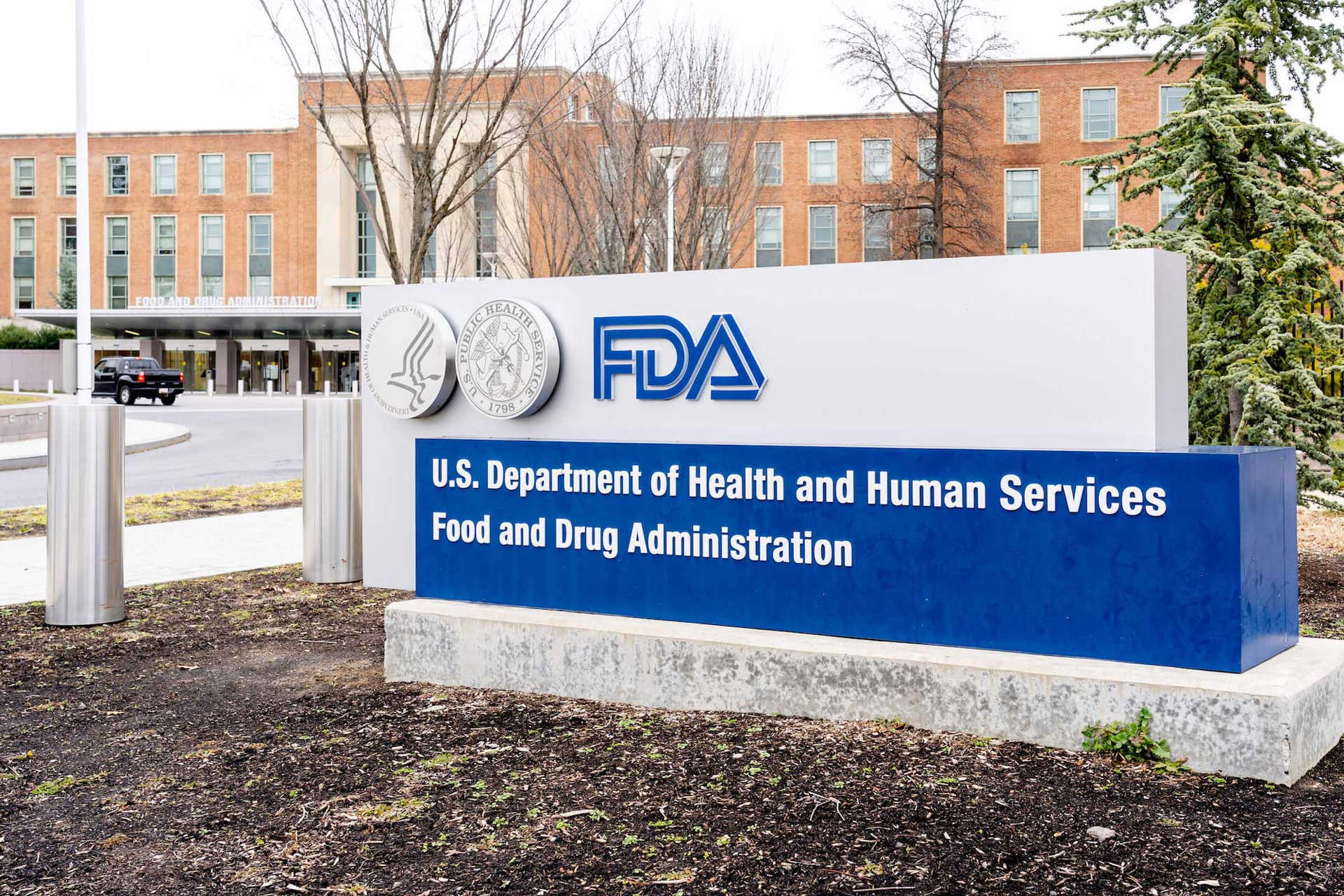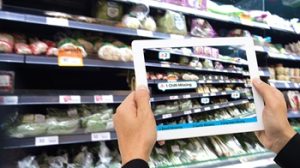Change is upon the supply chain again, as the U.S. Food and Drug Administration released new traceability rules on fresh produce items in late September.
Its goal is to achieve end-to-end traceability and facilitate easier tracing of contaminated food products back to their source – a win-win for American consumers. But what is the scope of this change, and does emerging technology make us better prepared?
The FDA has updated recordkeeping requirements and augmented existing regulation of manufacturing, processing and packaging of foods on its designated Food Traceability List. The FTL includes most cheeses, eggs, nut butters, vegetables like cucumber, leafy greens and salads, and most fresh fruits.
Updated traceability rules are part of the FDA’s New Era initiative for food safety, unveiled in June. Food manufacturers, processors, packers and holders will now need to create and maintain living records that hold key data elements associated with different stages of food production and distribution, which are called Critical Tracking Events. These events include growing, receiving, creating, transforming and shipping foods on the FTL, and account for the different considerations and micro-steps within those events.
A recipient of food, for example, wouldn’t be a consumer buying a bundle of apples in the supermarket. That event is at the end of the supply chain. Rather, first receivers are customers other than consumers and farms that purchase and take physical possession of food, such as a supplier.
To give another example, processed food, or foods produced by combining different ingredients together, count as a transformation event. Transforming a food also includes changing its package or its label, and this, too, will need to be recorded and documented under the new rules.
As extensive as the new protocol is, it is grounded in common sense. Privately produced and transported food – like food made in your kitchen you then take along to a family member’s house for a party – wouldn’t be caught up in the net. Produce sold at farmers markets directly to consumers would also have an exemption. And for the moment, non-FTL foods are not required to participate and their adoption of the new practices, while encouraged, are currently voluntary.
Regulation is seldom seen as exciting, but more robust traceability measures establish greater consumer trust in the agriculture and food industries. It removes the mystery of where food comes from and what can be done when things go wrong. The Institute of Food Technologists (IFT) notes that among the other benefits of traceability are supply chain efficiencies, reduction of food loss and waste, and enabling sustainability initiatives like reducing a producer’s carbon footprint.
Living in the 21st century, we are more prepared than we think to not only adapt to these new rules, but also to take full advantage of the opportunities they bring.
A 2019 Research and Markets report indicated that the global market for food traceability software was projected to grow at a rate of 9.5% between 2017 and 2026, including software capabilities of managing health and safety requirements. As such, the availability and variation of these products will likely continue to grow over the next decade – regardless of the disruption posed by the coronavirus pandemic. Products will also become less cost-prohibitive for a wide range of users.
In a 2019 article hailing the tech revolution taking hold in food traceability, the IFT gave the example of an E. coli outbreak in romaine lettuce that occurred a year earlier. Because labeling rules only require the country and not the state of product origin, consumers could never be sure if their lettuce came from the center of the outbreak in Arizona. By comparison, a sandwich ordered from a restaurant’s smartphone app with traceability information could go as far as telling you the farm of origin for the lettuce used to make it.
The FDA’s new traceability rules aim to facilitate such immediate and extensive access to information as industry standard – not simply a niche feature or a nice-to-have.
This is the sort of change that we are excited to be a part of at The Seam, particularly with the establishment of the Food Industry Exchange. Emerging technologies make voluntary adoption of new traceability rules a no-brainer.





